Blog / / 12.14.21
Study on Conflict Minerals Disclosures: 5 Takeaways
By Ian Schwab, Chief of Staff at The Sentry
An academic study published in September 2021 examines the impact of conflict minerals disclosures in the Democratic Republic of Congo (DRC) and assesses previous research on the subject. The authors’ overall results “suggest that promoting supply chain transparency of conflict minerals alleviates the region’s resource curse.”
The study’s authors use their own methodology to determine the impact of enhanced supply chain transparency on responsible sourcing and of the Dodd-Frank Act’s Section 1502 transparency requirements on incidences of conflict. Their findings support the positive impact of these requirements in the DRC, as well as more broadly in relation to corporate transparency measures.
Here are the top 5 takeaways from this study:
- Regarding incidences of violence:
They found “evidence that enhanced transparency in the U.S., by promoting responsible sourcing behavior among firms, reduces violence in the DRC and its neighboring countries.”
- Regarding transparency requirements:
Their “findings suggest that transparency can nudge companies to change their sourcing and alleviate unintended consequences of irresponsible sourcing,” and “the results imply that companies’ assessments of reputational costs due to greater public attention can lead to responsible sourcing.” Overall, they find “compelling evidence that Section 1502’s disclosure requirement motivates companies to dissociate themselves from conflict minerals sourcing in covered countries, and that this, in turn, results in conflict mitigation in the mining regions of covered countries. The effects of enhanced supply chain transparency appear to reverberate through transnational supply chains ….“
- Regarding comparisons to countries not covered in the disclosure
requirements:
The authors “find that after the conflict minerals disclosure rule, conflicts in covered countries’ mining regions decrease relative to those in non-covered countries.” The SEC rule covers the 9 countries that border the DRC—Angola, Burundi, the Central African Republic, the Republic of the Congo, Rwanda, South Sudan, Tanzania, Uganda, and Zambia.
- Regarding Section 1502’s humanitarian goal:
Their analysis finds that “Section 1502 achieves its intended humanitarian goal” of decreasing conflict in mining zones after the conflict minerals disclosure mandate.
- Regarding previous critical studies:
Two previous studies from 2017 and 2018 have impacted the public perception of Dodd-Frank, as they found that the regulation had a negative impact. However, the authors of this study note that previous studies “focus on the period following the act’s announcement (2010) but before 2014, which is the first year when firms were obligated to disclose whether their products contain 3TG that originate from the covered countries.” Those studies “examine the legislation’s effects by using the post-period years of 2011–2012 and 2013–2015, respectively, and find that the regulation exacerbated the country’s conflicts.” The authors of this study focus on the years from 2015 to 2019 and on the effective date of disclosure.
This study illustrates a number of positive developments regarding conflict minerals due to the Dodd-Frank Act’s Section 1502 transparency requirements, but significant areas remain that require substantial improvement, particularly related to gold’s role in conflict, meaningful corporate compliance, and SEC oversight and enforcement.
You can read the full study by Bok Baik, Omri Even-Tov, Russell Han, and David Park here.